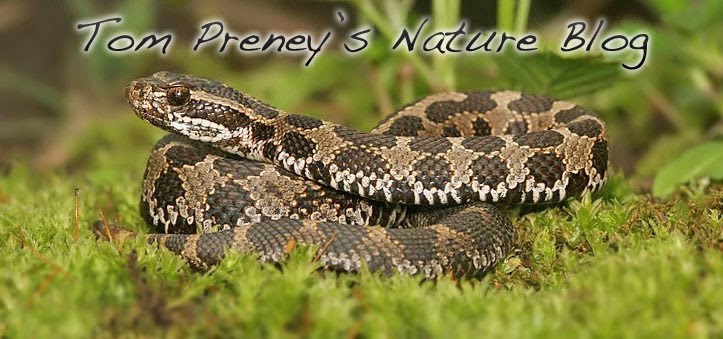
We spent our morning birding the eastern edge of the country. We found a spot to pull the car over and started to walk down the road. We were soon greeted by the squawking of both Yellow-billed and Black-billed Parrots.


After getting remarkable views of the Parrots I spotted a Jamaican Tody foraging in a tree directly off the side of the road. This allowed for an amazing display of this gorgeous bird. After walking for approx 45min we made our way back to the car and drove further up the road. This allowed us to cover a large area in a short period of time. We had already found Orangequit, Jamaican Becard, Jamaican Woodpecker, Jamaican Mango, Red-billed Streamertail and the Sad Flycatcher.
Red-billed Streamertail
Sad Flycatcher
Just ahead of the vehicle a Chestnut-bellied Cuckoo flew over the road and perched in a tree next to the roadside. We had only been birding for an hour and already racked up 10 of the Jamaican endemics! After a short drive down the road, which was no longer visible, we spotted a small hummingbird visiting a patch of vervain, a Vervain hummingbird! It's the second smallest species of hummingbird in the world. It's amazing how loud this bird is for its size.
This photo was taken while driving down the "road"
Then we walked up the side of a limestone bluff, which led us to beautiful large open valley. Here we watched Olive-throated Parakeets and Smooth-billed Anis. We also added a few more species to the day's list: Grey Kingbird, Northern Mockingbird, White-crowned Pigeon, Black-whiskered Vireo, Northern Parula, Black-throated Blue, American Redstart and Ovenbird.
Olive-throated Parakeet Nest
Northern Mockingbird
White-crowned Pigeon
We made our way back to the car for Lunch. The sun was out in full force and the temperature was rising so the bird activity started to slow down. However; we still managed to get a few more Jamaican specialties on the way: White-eyed thrush, Jamaican Crow, Jamaican Vireo, Jamaican Stripe-headed Tanager, and Rufous-tailed Flycatcher.
Jamaican Stripe-headed Tanager
Jamaican Stripe-headed Tanager
This picture does not do this beauty any justice
Rufous-tailed Flycatcher
While eating lunch we watched the impressive Ring-tailed Pigeon. This turned out to be our last endemic of the day. By mid-afternoon the birding became really slow and we were only able to get a couple of new birds for the day: Loggerhead Kingbird, Prairie Warbler, White-winged Dove, Zenaida Dove, Mourning Dove, (apparently a good find in Cockpit Country), Common Ground Dove, and Turkey Vulture.
Anoles are common residents in the Cockpit Counrty
After birding for approximately 4hrs in Cockpit Country we encountered 16 endemics and 40 species total. Cockpit Country is an unbelievable place and I feel very privileged to have experienced it with an expert naturalist, John Fletcher.
We decided to try our luck with some shorebirds so we headed North to a salt pond. John's friend had been monitoring this area for a few weeks and he assured us that the area had good potential for shorebirds and waterfowl. Once we arrived we searched along the beach and spotted an Immature Magnificent Frigatebird soaring over the ocean.
Magnificent Frigatebird
Crabs scurried under our feet as we made our way down the trail to the salt pond. We found a small opening between some mangroves and walked over to a dried up section of the pond.
The pond was busy with Least and Western Sandpipers probing in the mudflats. There was also a Willet, Greater Yellowlegs, and Black-bellied Plover on the flats. We watched Snowy, Great, and Reddish Egrets catch fish in the shallows along with the Little blue, and Black-crowned Night Herons.
Mangroves at Salt Pond
Reddish Egret
What a great way to end the day birdwatching in Jamaica. We ended up getting a total of 61 species for the day. Thanks again for an amazing experience and the excellent day of birding, John!


























Congrats on becoming a "Blogster". The pictures are awesome - it must have been a great adventure.
ReplyDeleteThose photographs were crazy-good, Tom! Thanks for letting us enjoy them.
ReplyDeletePerfect shots Tom. Can't wait to see some of your local stuff!!!
ReplyDeleteWhat an amazing tour! How did you find your guide, John Fletcher? How can he be booked?
ReplyDeleteThis comment has been removed by a blog administrator.
ReplyDelete